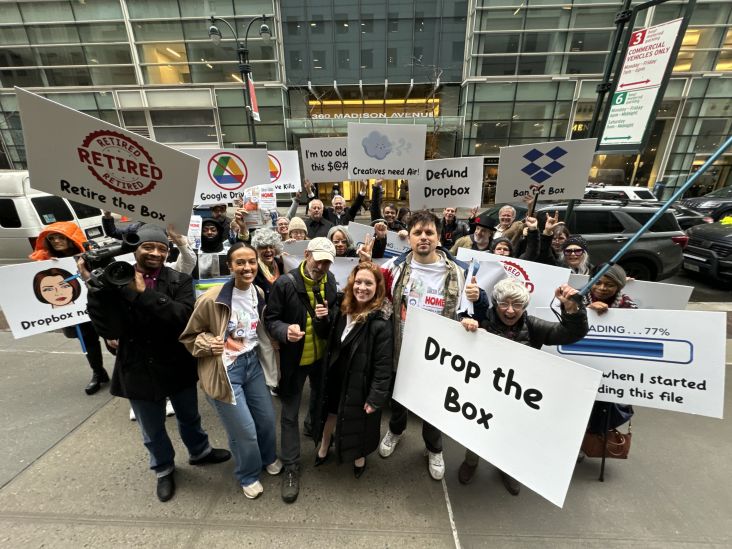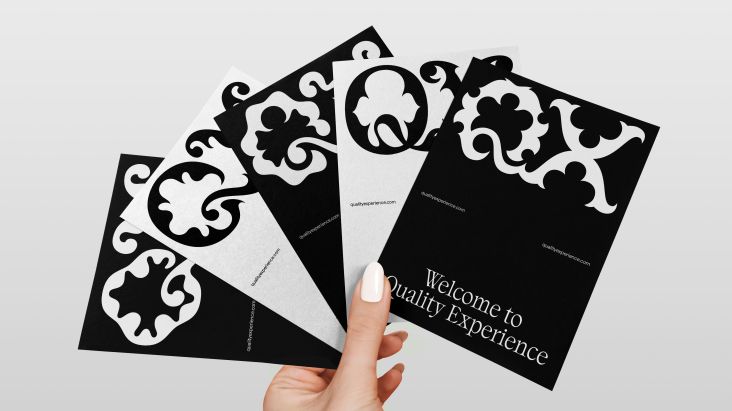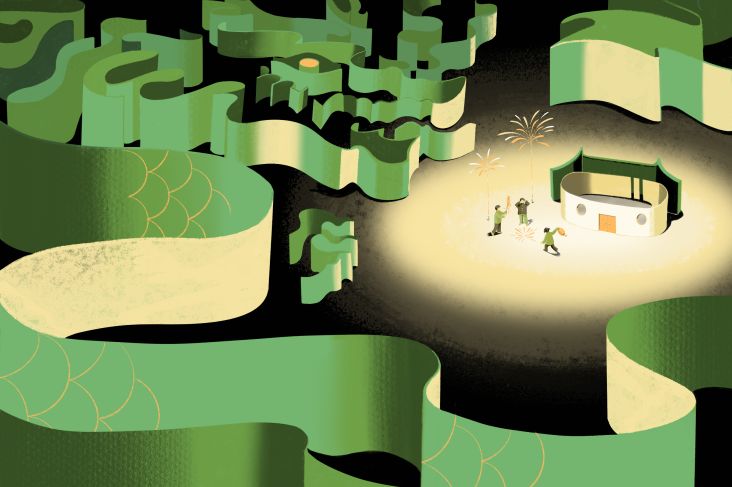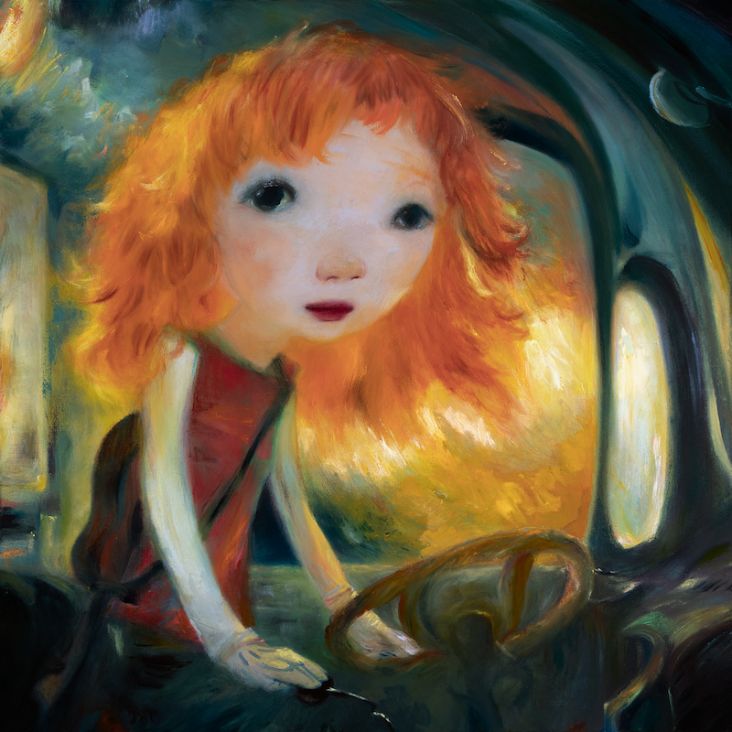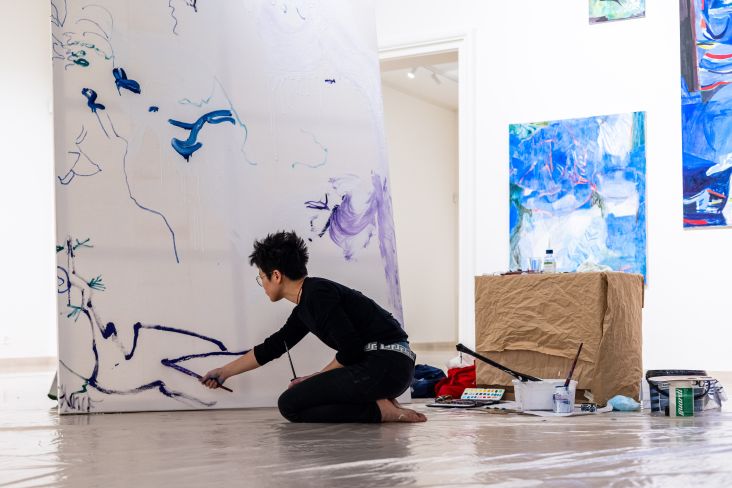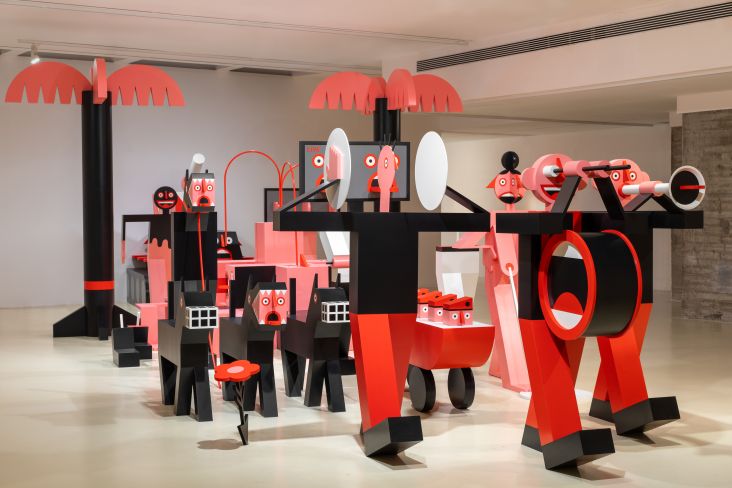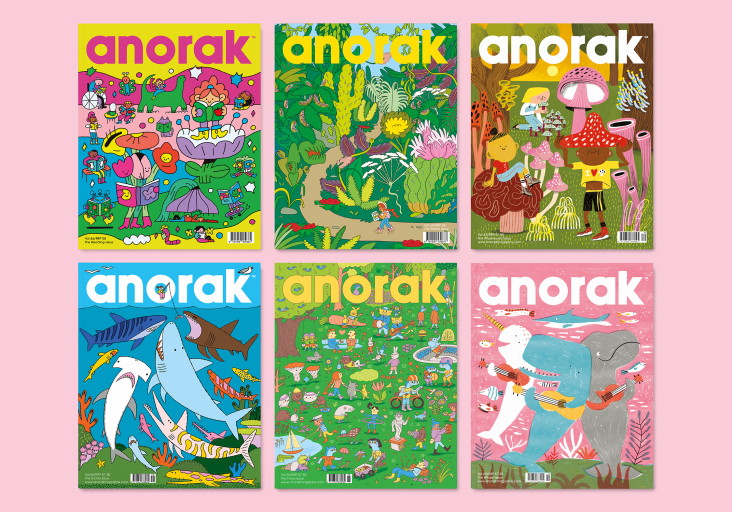Overdose: Esther Rou Jiao's animation shows why it sucks to hoover up your emotions
New York-based graphic and motion designer Esther Rou Jiao looks at how removing negative emotions isn't the miracle cure-all you may imagine it to be in her award-winning animation Overdose.
It's easy to feel burnt out, exhausted and fatigued in the modern world. With a constant stream of negative information and work coming your way through your computer screen, it's all anyone can do to feel upbeat. But a solution like a hoover that sucks up negative emotions may lead to problems of its own.
This is the premise behind Overdose, a trippy, sci-fi animation made by multidisciplinary creative Esther Rou Jiao. In it, we follow the journey of a white-collar worker who becomes addicted to using a vacuum cleaner that gets rid of unpleasant feelings, yet also secretly erases his interests, hobbies and happiness in the process.
"Interestingly, despite the title being Overdose, the excessive use of this negativity remover is, in some ways, the opposite of traditional drug abuse," Esther tells Creative Boom. "The former enhances a person's instrumental qualities, while the latter is a purely mental trip, the highest form of hormonal pleasure."
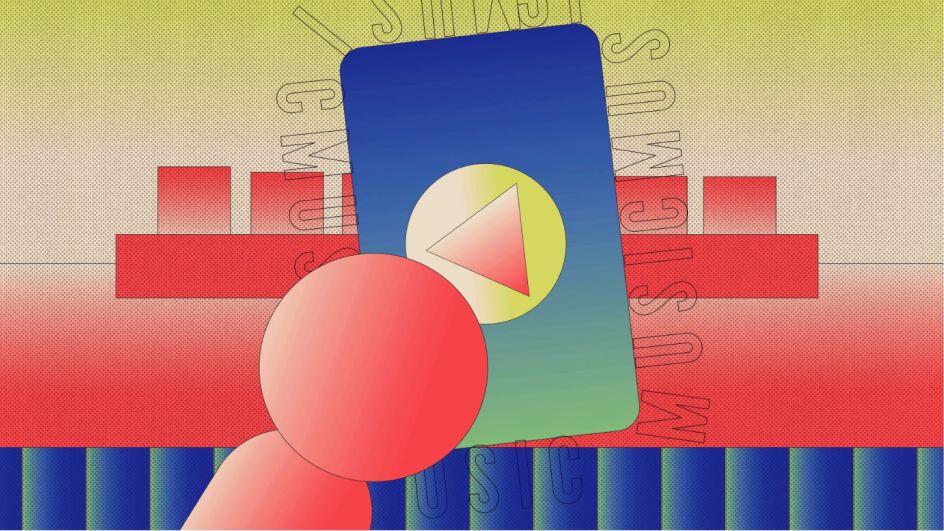
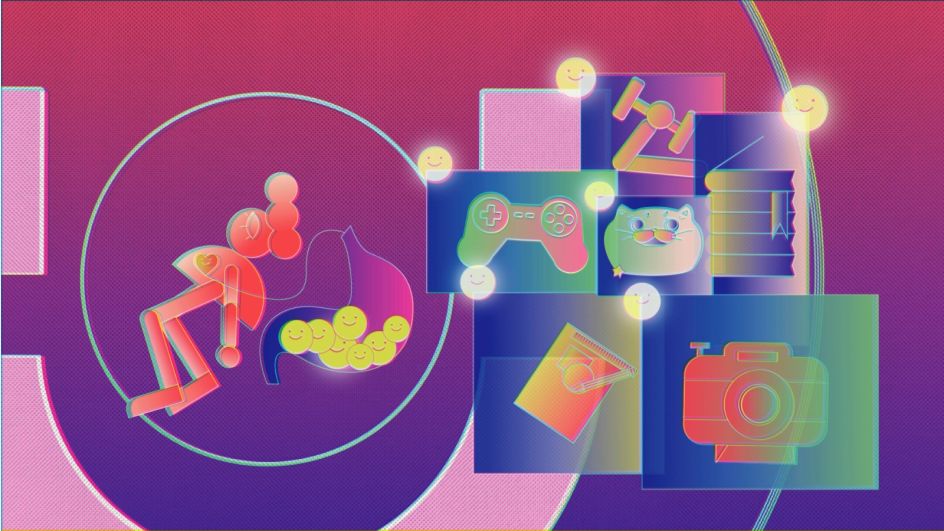
Created over three months, Overdose is a personal project which Esther wanted to use to explore "the boundaries of human instrumental qualities." Picking up where the likes of Black Mirror and cyberpunk leave off, Overdose examines the mechanisation of people and how humans become machines.
It's a theme that Esther has a personal connection to. Having drawn with Procreate for a long time, it is now her first instinct to double-tap a traditional piece of paper with two fingers to erase a mistake like she does in the software.
"Also, the muscle memory of using the command+z key in Apple systems to undo actions made me instinctively try to use it when I accidentally spilt water, even though it doesn't work in the real world," she adds.
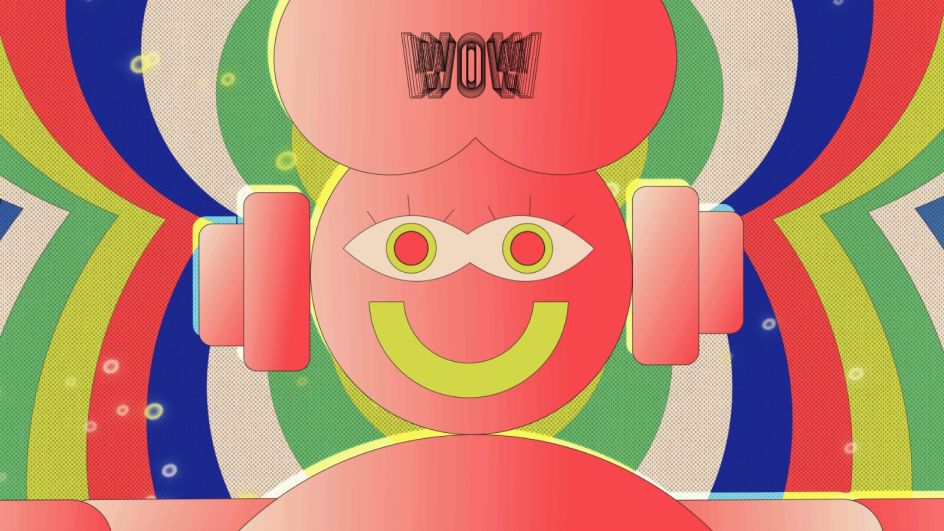
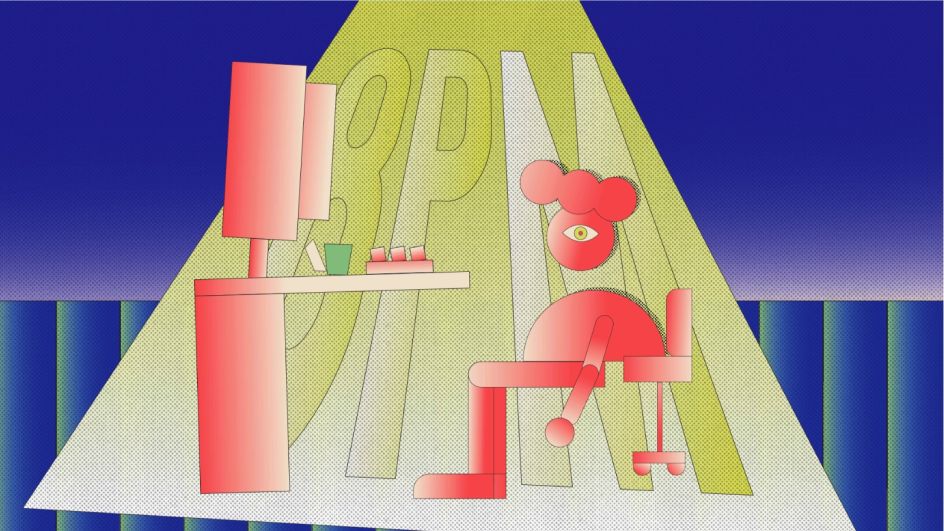
After noticing these tendencies in herself, Esther came up with the idea of a protagonist whose interactions with the world gradually started to follow the logic of Adobe tools. "This idea stems from a designer's perspective, emphasising the notion that tools can be seen as extensions of certain organs," she adds.
This idea would eventually become the character seen in Overdose. And while a patch that removes unpleasant feelings may sound appealing on the surface, is it worth the price of joy and, ultimately, humanity? It's a question that touches on topics such as AI and human worth that are currently swirling around the zeitgeist and one with a solution that lies in community and spirituality, according to Esther.
"Human nature is destined to break free from this instrumental enslavement, and while artificial intelligence can be a partial solution, a deeper solution requires a global cognitive awakening," she explains.
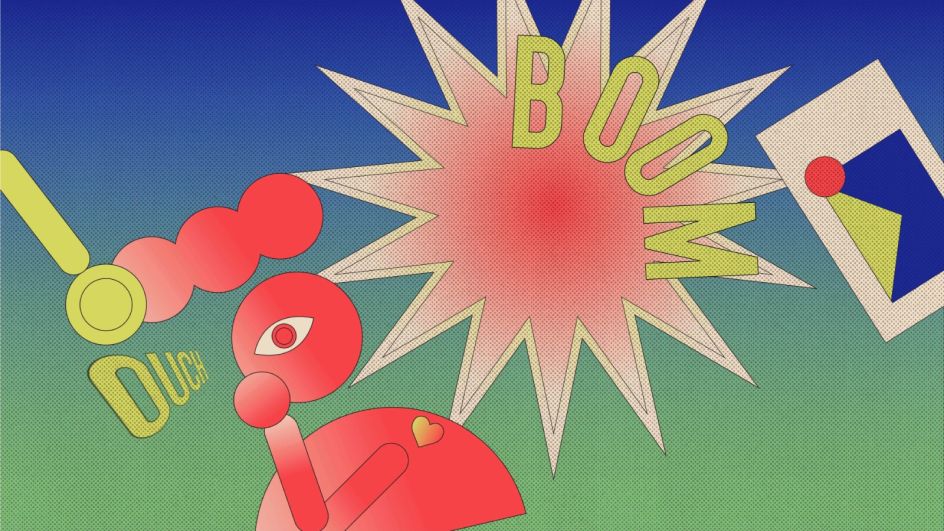
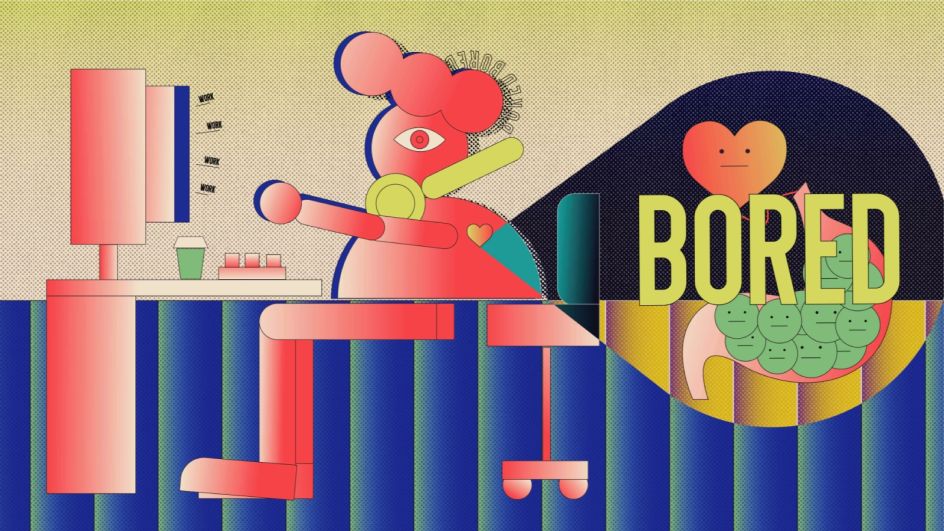
Interestingly, Overdose was Esther's first animation outside commercial motion graphics projects. Whereas client work often demands that certain product features be showcased, Overdose offered its own sense of joy and fulfillment by letting her focus on telling a story instead.
This presented its own challenge, though, as Esther was not used to beginning with the task of writing a story before tackling the animation. Client work often tends to involve a few sketches backed up with massive amounts of research, along with storyboards, style frames and animatics. "The actual animation process usually only takes less than a month, but the previous steps for setting up the entire animation take 70% of the time," she reveals.
Speaking of style frames, the unique look of Overdose is built on beautiful visuals that Esther originally had no idea how to animate. "As a designer, I'm better at animating icons or something way more abstract than realistic objects," she says. "So, I started slowly adjusting how they looked until I found the answer."
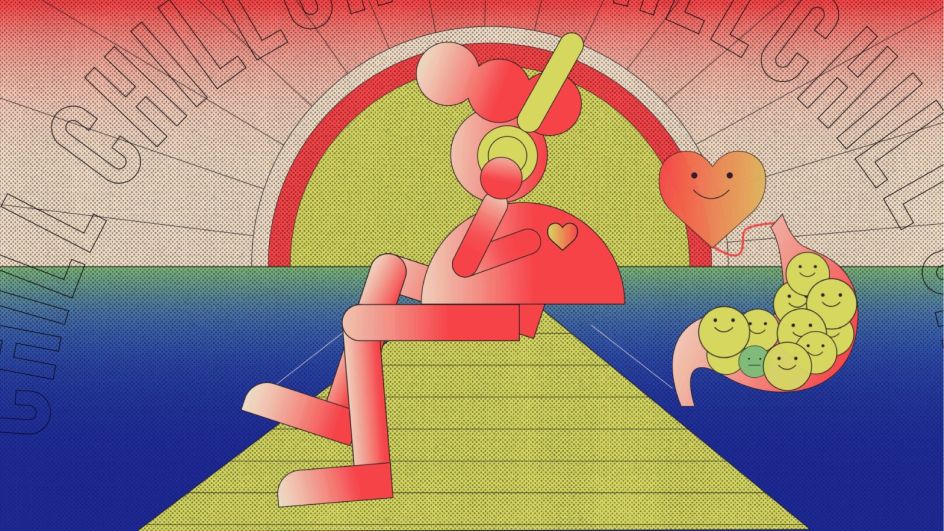
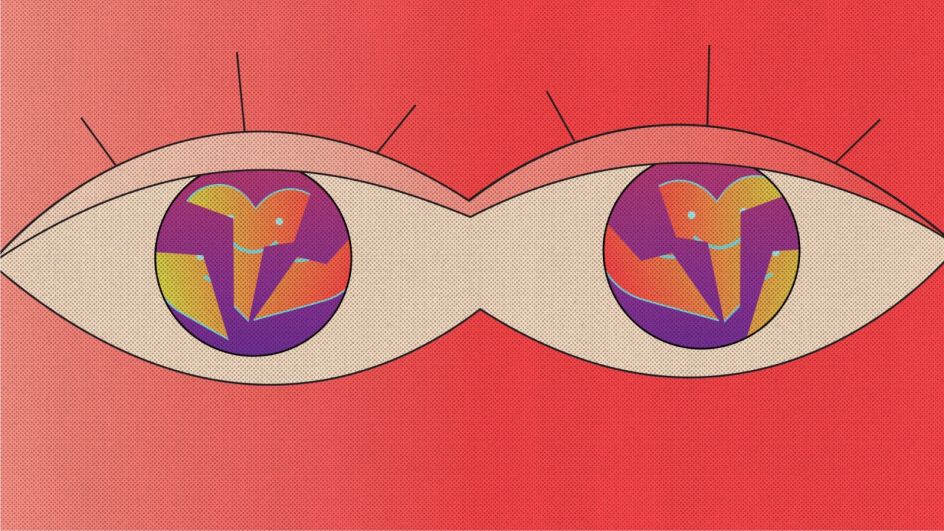
The animation process took its toll on Esther, as she even began to feel burnout during the production. However, rather than reaching for her version of the negativity hoover, she learnt the important lesson that not everything will be perfect, and that's okay.
"I used to set high standards for all my design work, but this time, I didn't know what I wanted anymore," she says. I was not as satisfied as I was before. And I know this animation is not my best, and I could've done better if I was in a fully motivated state of mind. Sometimes, it's better just to do it, though."
Just as Overdose is something of a cautionary tale about how people relate to themselves and their jobs, Esther had an epiphany that reflects these themes. "I stopped defining myself through my work and learnt to love myself no matter what happened," she concludes.
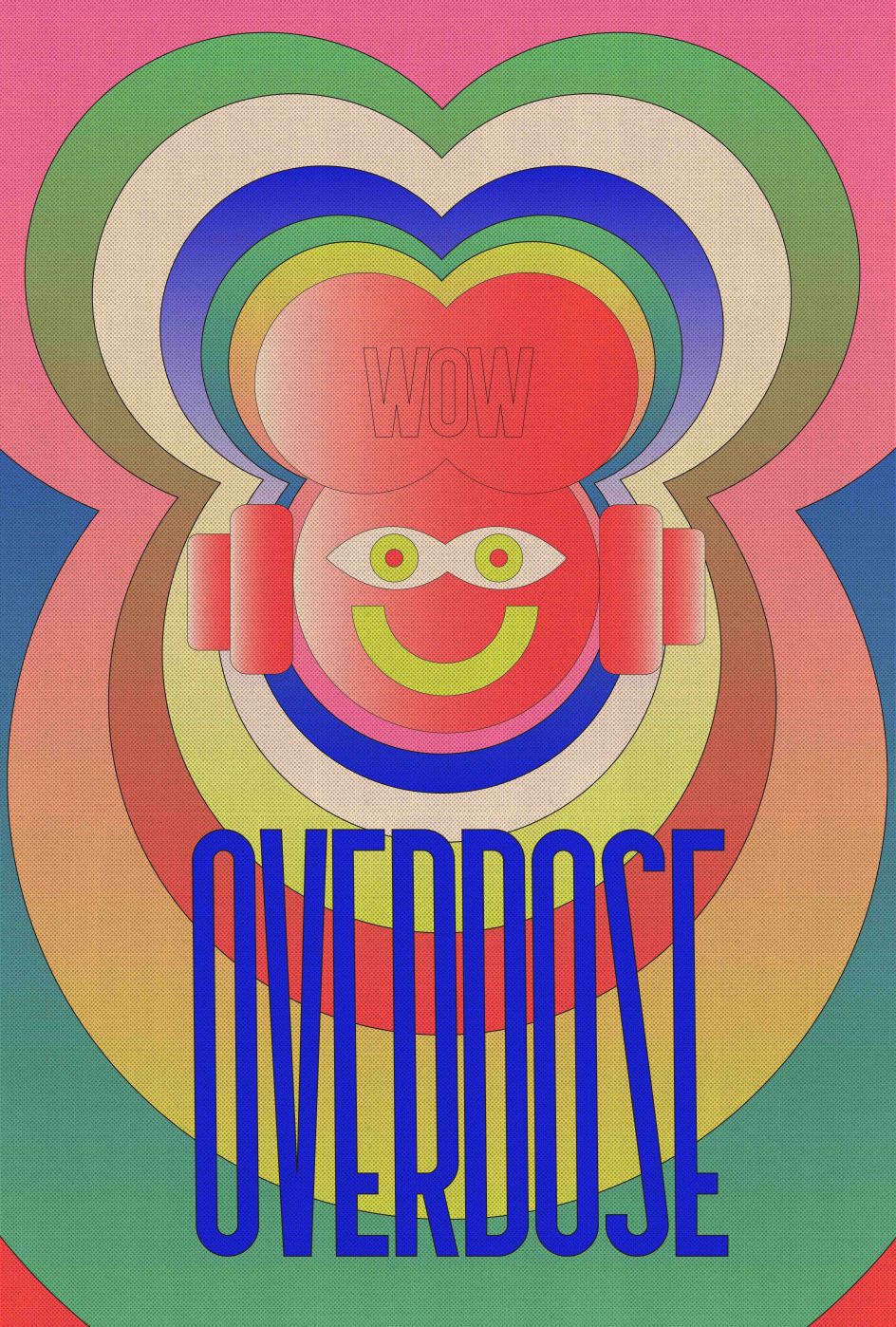









](https://www.creativeboom.com/upload/articles/86/862919952c0ad18439004228895a431dc6e45ffc_732.jpg)




